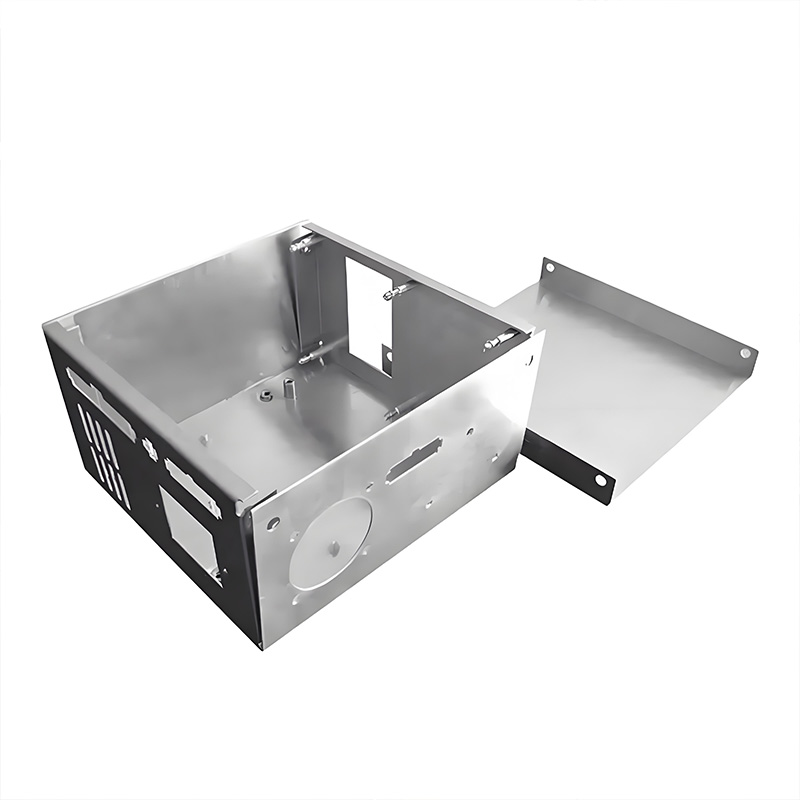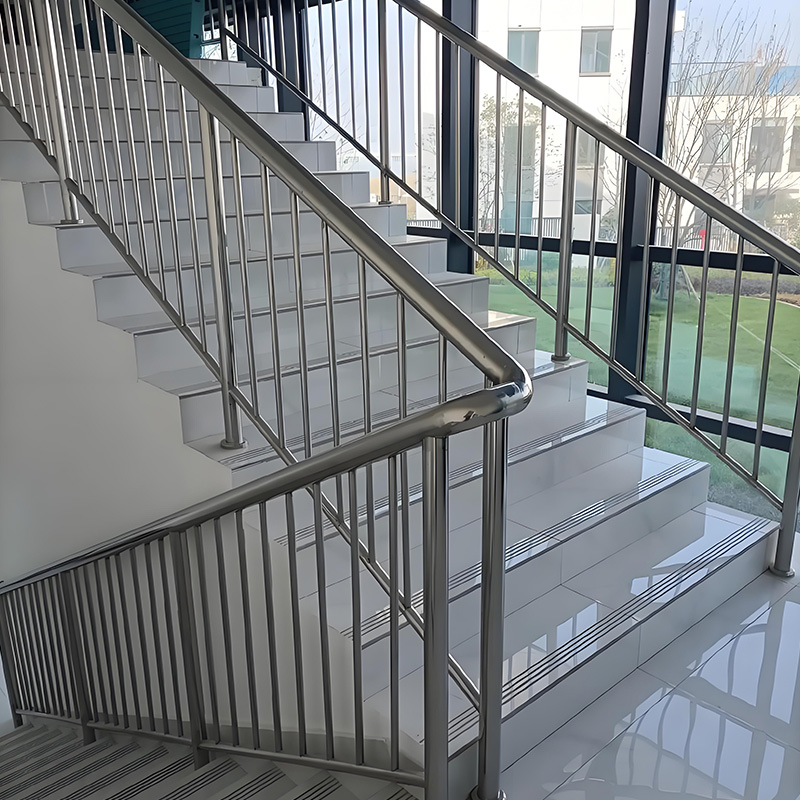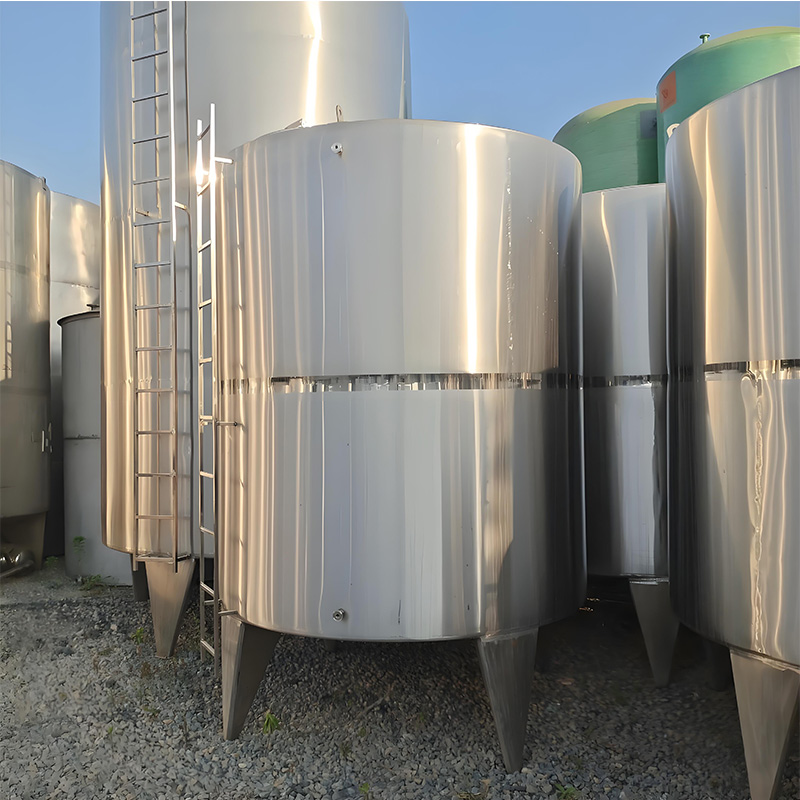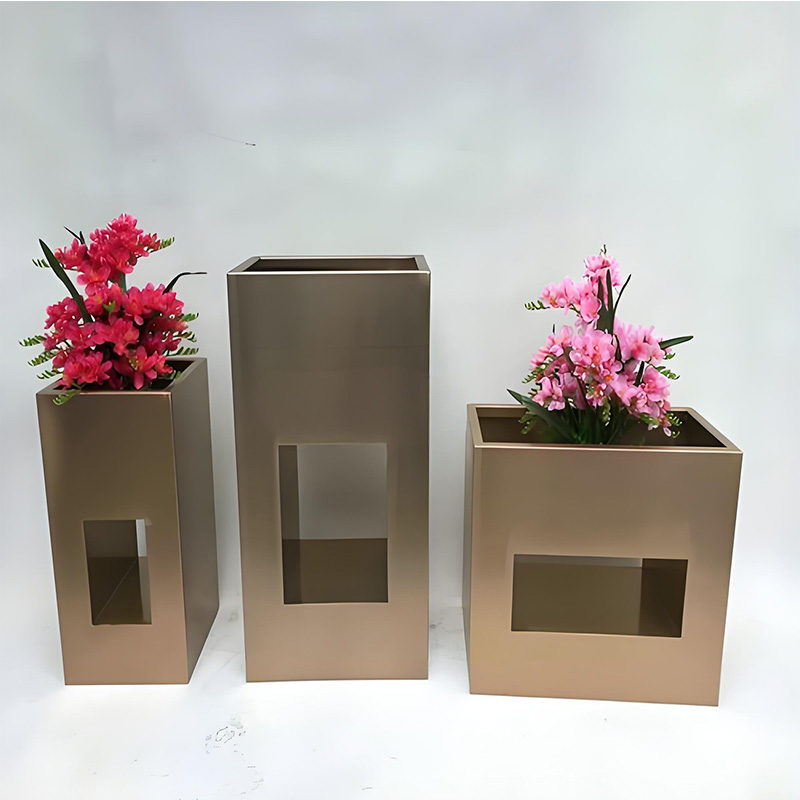Sheet Metal Enclosure: 9 Secret Methods for Custom Designs

Sheet Metal Enclosure: 9 Secret Methods for Custom Designs
Custom sheet metal enclosures protect sensitive electronics and mechanical components across industries, but designing them efficiently requires specialized knowledge many engineers overlook. The difference between a problematic prototype and production-ready design often lies in implementing key strategies that address material behavior, manufacturing constraints, and functional requirements simultaneously. Let’s explore proven methodologies that bridge this gap.
Material Mastery: Selecting Your Metal Foundation
Problem: Choosing the wrong material leads to corrosion, excessive weight, or manufacturing failures.
Solution: Match material properties to your enclosure’s operational environment and production volume. Interestingly, aluminum alloys like 5052 and 6061 dominate 62% of electronic enclosures due to their ideal strength-to-weight ratio and corrosion resistance :cite[3]:cite[8]. For high-temperature applications, stainless steel (grades 304/316) outperforms alternatives despite higher costs. When conductivity matters—say in power distribution systems—copper alloys (C110) prevent overheating issues.
| Material | Best For | Thickness Range | Cost Index |
|---|---|---|---|
| Aluminum 5052 | Lightweight enclosures | 0.5mm – 6.0mm | $$ |
| Stainless Steel 304 | Corrosive environments | 0.4mm – 3.0mm | $$$ |
| SPCC Carbon Steel | Cost-sensitive projects | 0.6mm – 3.0mm | $ |
| Brass C260 | Decorative components | 0.8mm – 2.5mm | $$$$ |
Real-World Case: Industrial Sensor Housing
A manufacturer initially used 304 stainless steel for chemical plant sensors. By switching to 5052 aluminum with powder coating, they reduced unit weight by 52% and maintained corrosion resistance at 30% lower cost. The sheet metal enclosure redesign also incorporated folded seams eliminating external fasteners.
Design Optimization: CAD/CAM Integration Secrets
Problem: Designers often create geometries that look great in CAD but can’t be manufactured efficiently.
Solution: Implement manufacturability-driven design rules early. Maintain consistent bend radii relative to material thickness—aim for radii ≥1x material thickness. Add relief notches (≥1.5x thickness width) near bends to prevent tearing. Crucially, account for the “K-factor” in bend allowance calculations, which varies between 0.3-0.5 depending on material hardness :cite[5].
Step-by-Step CAD Design Protocol
- Set material parameters first (type, thickness, grain direction)
- Apply bend deduction formulas using manufacturer’s K-factor data
- Model seams and joints with assembly process in mind
- Run virtual press brake simulations
- Export nested DXF files with grain direction markers
We once received a sheet metal enclosure design with 0.8mm radius bends on 2mm stainless steel—guaranteed cracking. After adjusting radii to 2mm and adding bend reliefs, production yield jumped from 65% to 98%.
Precision Fabrication: Beyond Basic Cutting and Bending
Problem: Inconsistent fabrication quality leads to assembly gaps and structural weaknesses.
Solution: Leverage modern sheet metal fabrication technologies strategically. Laser cutting now handles up to 30mm stainless steel with ±0.05mm precision, while CNC punching suits high-volume hole patterns :cite[3]. For bending, robotic press brakes deliver ±0.1° repeatability. Surprisingly, combining welding methods yields superior results: use MIG for structural seams and TIG for visible joints.
Warning: Avoid These Fabrication Pitfalls
- Placing welded seams closer than 15mm to bends causes warping
- Cutting internal features after bending risks tool collision
- Ignoring grain direction in aluminum increases cracking risk by 70%
Cost Control: Smart Material Utilization
Problem: Material waste comprises 40-60% of production costs in sheet metal operations :cite[2].
Solution: Implement AI-driven nesting optimization. Advanced systems like those based on OPENCASCADE analyze part geometry and dynamically arrange components to minimize scrap. They also incorporate manufacturing constraints—like maintaining 3mm minimum spacing between parts—automatically :cite[2]. Consider standardized panel sizes too; designing enclosures around 1,000×1,200mm or 1,200×1,500mm sheets leverages material efficiencies.
Case: Server Chassis Manufacturer
A producer of 2U server chassis reduced material costs 22% by adopting algorithmic nesting software. Their sheet metal enclosure designs now achieve 82% material utilization versus the industry average of 65-70% :cite[9].
Surface Finish Selection: More Than Cosmetic
Problem: Surface treatment failures cause premature corrosion and product returns.
Solution: Match finishes to functional requirements, not just aesthetics. For harsh environments, powder coating provides 2-3x greater corrosion resistance than wet paint. Electroplating suits conductive parts, while anodizing enhances aluminum’s natural oxide layer. Remember: surface prep determines 90% of finish success. Media blasting with sieved playground sand (yes, really!) creates ideal profiles for coating adhesion :cite[4].
Innovative Methods: AI and Neural Network Applications
Problem: Traditional design cycles can’t resolve complex optimization constraints quickly.
Solution: Deploy neural networks for rapid iteration. Recent studies show AI systems reduce design validation time by 75% while improving structural performance metrics :cite[10]. These models predict stress distribution, vibration modes, and thermal behavior before prototyping. We applied this in a 2025 automotive controller project—the AI-driven layout optimization boosted material utilization from 68% to 83% while maintaining IEC vibration standards.
Assembly Integration: The Overlooked Game Changer
Problem: Post-fabrication assembly bottlenecks increase production time by 30%.
Solution: Design for self-fixturing assembly. Incorporate snap-fit bends, pilot holes, and alignment tabs. Use PEM inserts instead of loose fasteners where possible. When welding is unavoidable, specify laser welding for minimal heat distortion. A medical device manufacturer eliminated 85% of their fasteners through clever tab-and-slot designs, reducing assembly time per sheet metal enclosure from 22 minutes to 7 minutes.
Prototyping Validation: Don’t Skip This Step
Problem: Design flaws detected late in production cost 10-100x more to fix.
Solution: Implement a three-stage prototype validation: 1) 3D-printed model for form/fit checks; 2) Soft-tooled sheet metal prototype; 3) Pilot production run. Test rigorously—drop tests, thermal cycling, and gasket compression tests for IP-rated enclosures. One client discovered their fancy radius corners needed 0.3mm adjustment for proper gasket compression only through physical testing, avoiding $250k in mold modifications.
Supplier Collaboration: Early Engagement Pays Off
Problem: Design specifications often exceed manufacturer capabilities.
Solution: Involve fabrication partners during conceptual design. Reputable manufacturers like CNC Lathe Parts provide Design for Manufacturability (DFM) reports within 48 hours. They’ll flag problematic tolerances—like requesting ±0.1mm on features over 150mm—that require special tooling. This early collaboration typically reduces tooling revisions by 40% and accelerates time-to-market.
Sheet Metal Enclosure Design Checklist
- Verify bend radii ≥ material thickness
- Include K-factor in flat pattern calculations
- Specify grain direction on technical drawings
- Apply appropriate surface finish for environment
- Confirm hole-to-edge distances ≥ 1.5x material thickness
- Design self-fixturing assembly features
- Validate EMI/RF shielding requirements
- Optimize panel nesting with AI tools
- Schedule formal DFM review with fabricator
Sheet Metal Enclosure FAQ
What is the minimum bend radius for stainless steel enclosures?
For 304 stainless steel, minimum bend radius is 1x material thickness under 6mm. Above 6mm, increase to 1.5x thickness to prevent cracking :cite[5].
text
How much does custom sheet metal fabrication cost?
Costs vary widely: simple brackets start under $10/unit, while complex medical enclosures can exceed $500. Key factors include material, tolerances (±0.1mm vs ±1mm), and quantity (prototype vs 10,000+ units).
Which is better for enclosures: welding or fasteners?
Welding provides superior rigidity and EMI shielding but costs more. Fasteners allow field serviceability. For most applications, hybrid approaches work best—welded seams at critical joints with removable panels.









